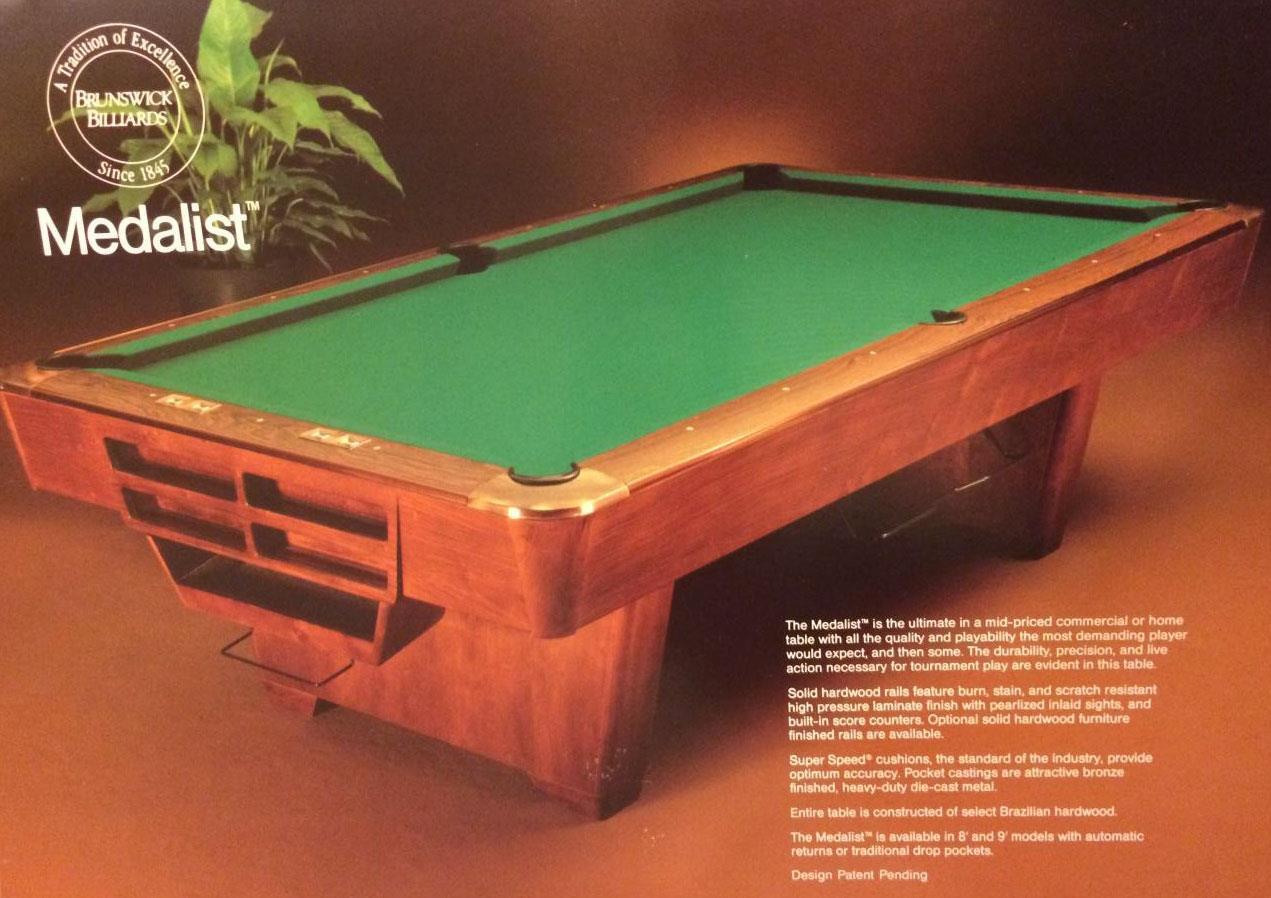

That does not mean that all 38 locomotives were painted in all these different styles many were specific to just a few engines. The Coronation class was probably painted in more styles of livery than any other engine class seven in the LMS era up to 1947 and five more during the British Railways era from 1948 onwards. The last of the 38 locomotives was completed in 1948. From 1944 until production ended in 1948, all-new engines were built in unstreamlined form and all the streamliners had their casings removed. Although a later batch of five unstreamlined locomotives was produced in 1938, most of the ensuing Coronation class were outshopped as streamliners. Five of these ten were specifically set aside to pull the Coronation Scot. The first ten locomotives of the Coronation class were built in a streamlined form in 1937 by the addition of a steel streamlined casing. The locomotives were specifically designed for power as it was intended to use them on express services between London Euston and Glasgow Central their duties were to include the hauling of a proposed non-stop express, subsequently named the Coronation Scot. They were an enlarged and improved version of his previous design, the LMS Princess Royal Class, and on test were the most powerful steam locomotives ever used in Britain at 2,511 dbhp. The London, Midland and Scottish Railway (LMS) Coronation Class is a class of express passenger steam locomotives designed by William Stanier.


 0 kommentar(er)
0 kommentar(er)
